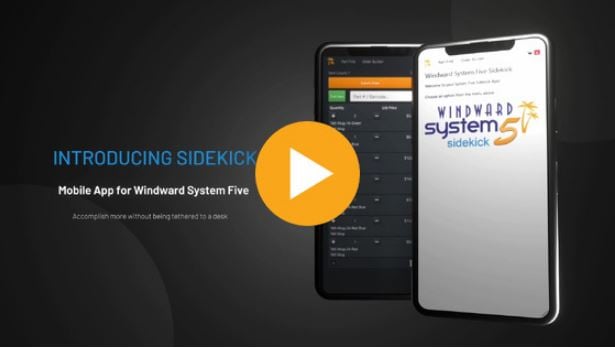The system uses the data gathered in the POS Transaction Report to create a Deposit Worksheet.
You can modify the values for the Deposit amount for each of the Tender Types and can enter the actual amount of each tender type that is actually on hand after the deposit. The data in the Deposit Worksheet can then be used to build a Journal Entry based on templates you have designed.
The Deposit Wizard displays all of the information for you to review and finally displays a preview of the ledger entry that will be created.

Figure 1: POS Transaction Report - Deposit Worksheet Tab
Columns | Description |
Opening Bal | Balance (carry forward) from previous POS report. |
Received Today | Total Tender of the day. This column displays a calculated value representing the total brought in for the |
Deposit Amount | The amount to be tendered. This column will contain the amount being deposited for the specific tender. |
Total | The calculated total column is the result of Column A + Column B – Column C. It displays the total remaining amount after deposit. |
Actual Amount | This column will be manually entered. This displays the actual amount left out of the deposit. This is primarily used for Cash and represents the opening Balance for the next days transaction file. |
Over/Short | This column is calculated by subtracting column D (calc total) from Column E (Actual) to determine if the remaining cash is over or short from what should have been left remaining. |
Table 1: POS Transaction Report Deposit Worksheet Tab Columns
Editing a closed POS report will display the values in the bank deposit worksheet as it was when the POS report was finalized.
As a journal entry will be automatically generated from the detailed content of the deposit worksheet, any changes made to auto generated journal entries will adjust the deposit worksheet for the corresponding day.
The journal entry is created from the deposit worksheet, and any changes made to the auto generated journal entry will update the deposit worksheet.
After a POS report is finalized, changes to the deposit worksheet cannot be made manually, and will only change if the auto generated journal entry is changed.
Button | Description |
Re-calculate | Click [Re-Calculate] to check or confirm previous computation. |
View Journal | [View Journal] will be enabled when there is a Journal entry associated with the Deposit Worksheet. |
Setup | The [Setup] button opens a dialog that allows you to create, edit, delete and even clone Deposit Templates as required. There must be at least one bank deposit template in order to create a bank deposit. Note: This checkbox currently assumes that the first template is the template that has auto create deposit enabled.
|
Prepare Bank Deposit | Click [Prepare Bank Deposit] to launch the Deposit/Template Options Window. |

 Once you have created a template, you can specify to auto create a deposit.
Once you have created a template, you can specify to auto create a deposit.



